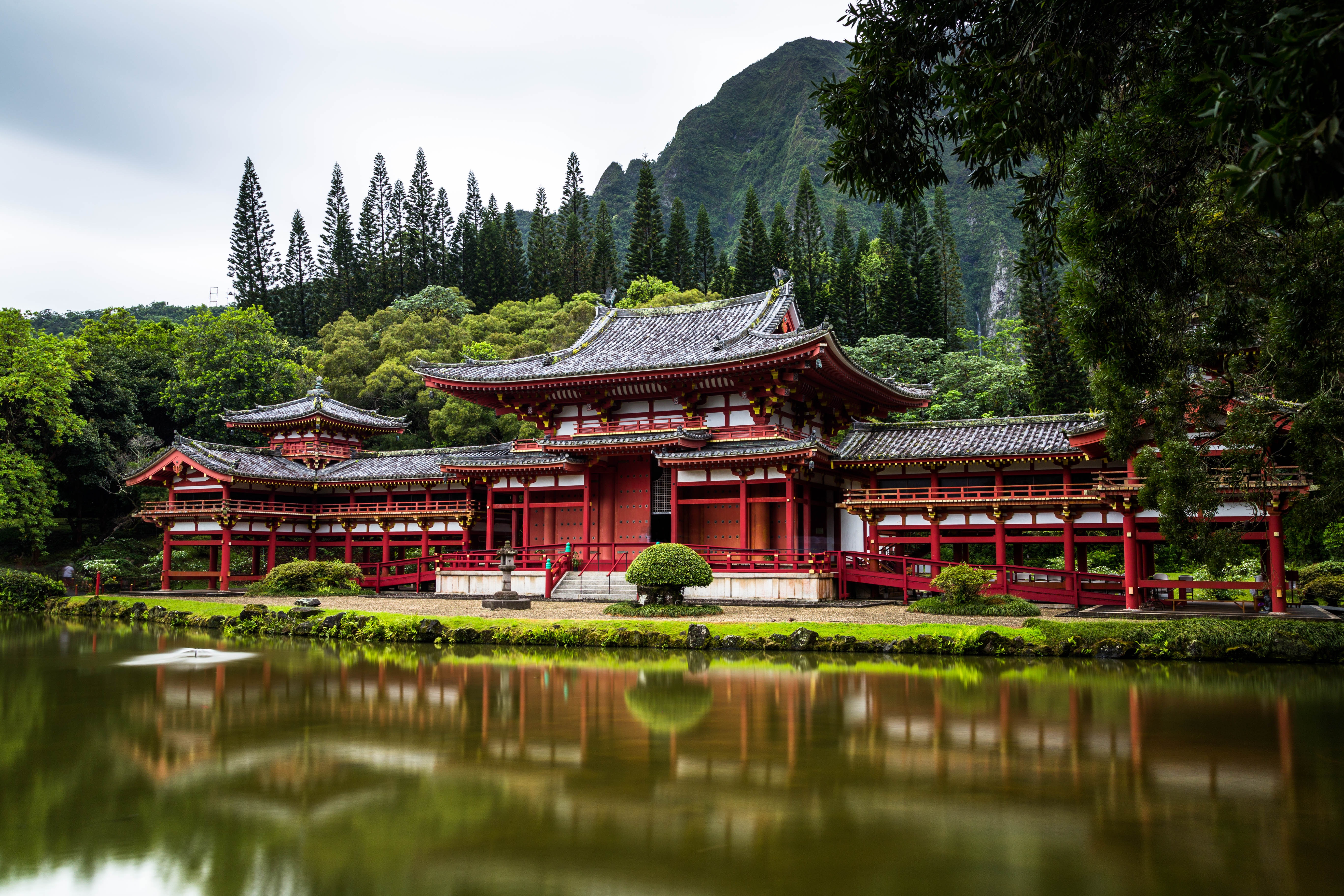It’s impossible to cite only 10 reasons to visit Japan. That’s why the list below is divided into ten parts, with each section offering several options under its own category. Travelers have a choice, and shouldn’t be restricted to just one temple, restaurant, natural wonder, landmark, shopping or dining experience.
On the first trip to Japan, take things slowly and rest assured your days will be filled with plenty of exciting activities and worthwhile sightseeing adventures. In a country that is jam-packed with landmarks, historic sites, important cultural spots, and unique features, it’s easy to plan an unforgettable trip.
Use the below list as a starting point and let your instincts and preferences guide you after that. To visit Japan is to discover Japan, as one long-time foreign resident phrased it.
Why visit Japan? The list below sheds some light on that question.
1. Friendly People and Safe Streets
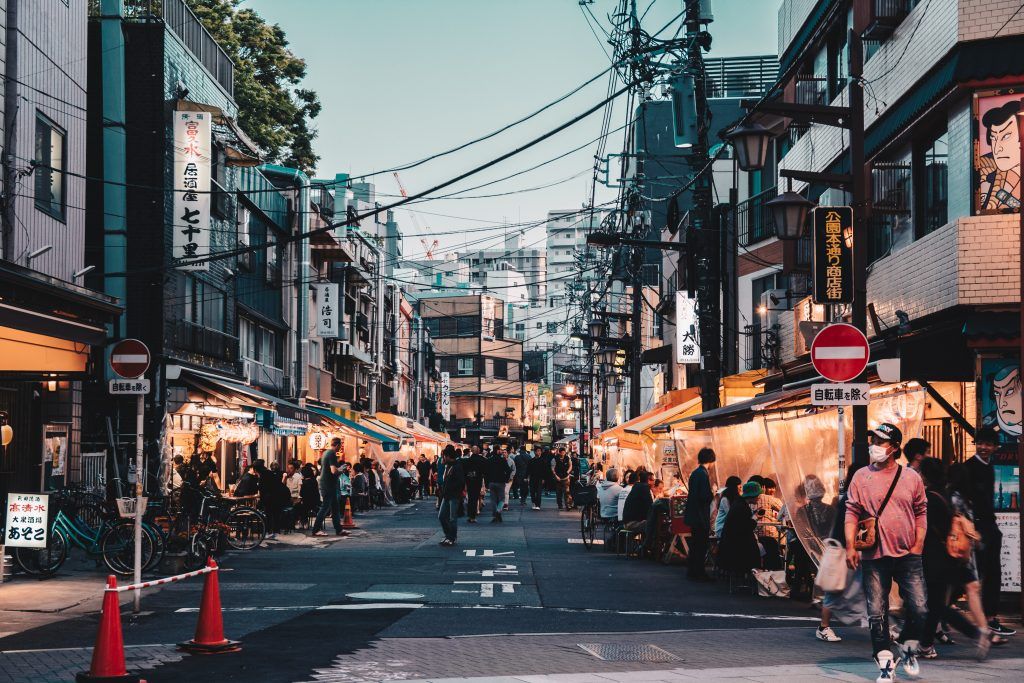
People who visit Japan for the first time are always surprised at how safe it is, even in the big cities. Equally surprising is the friendliness of the people, from small-town residents to urbanites. Visitors can easily get spoiled, especially after they get used to walking around Tokyo, Osaka or Kyoto late at night. Compared to New York, Chicago, London, or Mexico City, Japan is virtually crime-free.
Surveys by the major tour companies routinely reveal Japan as one of the friendliest places to spend a vacation. The Japanese are helpful, understanding, and always willing to assist tourists in need. Many locals speak decent English, particularly in the larger cities and near major universities.
Every Japanese student has several classes in English reading and writing, but not necessarily in conversation. So if you speak very slowly and clearly, most adults will be able to grasp your meaning.
Asked to name the chief characteristics of Japan, a high percentage of visitors mention the following four things: cleanliness of the entire country, safety, friendliness of the people, and natural beauty of the countryside.
Few international travel destinations rank high on all four of those criteria, but Japan is at or near the top in every important category. Maybe that’s why so many people visit every year, and why so many come back for a second, third and fourth trip.
Sometimes, statistics reveal a lot about a nation. For example, Japan had 10 million visitors from abroad in 2013. Just four years later that number had climbed to 29 million. By 2020, the Japanese government expects more than 40 million foreign travelers to visit each year. Some experts think Japan will become the most visited nation by the year 2030, which is not an unrealistic prediction at all.
2. Amazing Transportation
The Japanese know how to get around. Their trains, buses, planes and ferry boats run on time and rarely need a “sick day,” even in harsh weather. The big cities are covered from end to end with rail lines, making it a simple task to get from one place to another.
Buses and taxis are the same way. The streets are full of them and it’s always easy to find one going your way for the right price. Visitors can buy a rail pass and save well more than 70 percent on the regular cost of train and bus travel. Even in smaller towns, the taxis are inexpensive, clean, and easy to find.
Japanese trains have a reputation for being clean, punctual and safe. The country boasts 175 airports including Asia’s second-biggest, Haneda, which serves Tokyo. The “Bullet Train,” known as the Shinkansen, is a system of 250 super-speed trains that connect most of the big cities.
Whether you need to go across town, to the next town, or all the way across the country, the Japanese know how to get you there quickly, safely and at a reasonable cost.
3. Incredible Natural Wonders
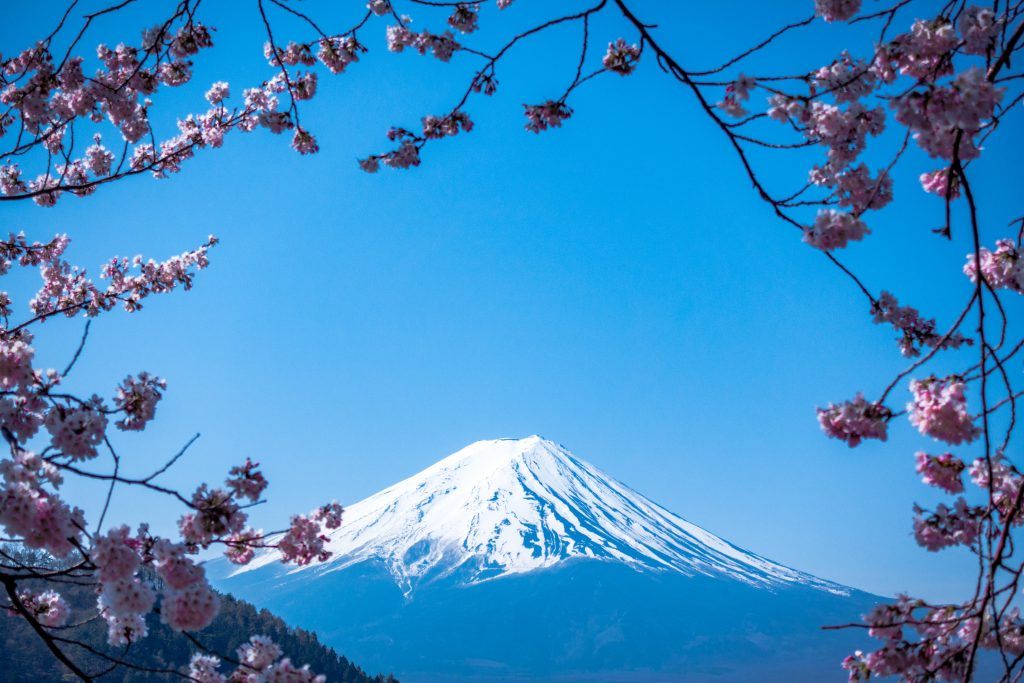
Volcanoes, scenic mountaintops, glaciers, exotic wildlife, and crystal clear lakes are just part of Japan’s charm. Here are some of the most breathtaking natural points of beauty in Japan:
Mt. Fuji: Japan’s tallest and best-known mountain is a sacred place but also one of the world’s most popular tourist attractions. The snow-capped peak is visible from Tokyo on clear days and makes a perfect hike and picnic location for small or large groups.
Onsen (hot springs): Japan’s rich volcanic soil is dotted with natural hot springs, one of the most relaxing spots after a long day of touring the countryside. Ask any local person where the best places are in their town and they’ll be happy to tell you.
Cherry blossoms: These incredibly beautiful flowers, which have been exported in large quantities to Washington, D.C. in the U.S., bloom in the major cities in Central Japan in early April. In Hokkaido, blooming starts as late as the month of May. If it’s possible to plan your trip during cherry blossom season, you’ll be rewarded a hundredfold.
Snow country: On the western side of Honshu and Hokkaido is Japan’s legendary and gorgeous “snow country,” or as the Japanese call it, “the land of heavy snow.” If part of your trip takes you to snow country during the winter, be ready to fall in love with Japan and never want to leave. To get the feel for the area, read Yasunari Kawabata’s classic novel, “Snow Country.”
The snow monkeys: In Nagano Prefecture, at Joshinetsu Kogen National Park, visitors can see hundreds of native “snow monkey” year round. These Japanese macaques are a sight to behold, are usually friendly, and make any trip to Japan a special event.
Volcanoes: There are more than 100 volcanoes in Japan, many of them active, but none considered dangerous. If you want to see real steam coming from an actual volcano, just ask a local person where the nearest one is. Some of the volcanoes in Hokkaido, in the north, and Kagoshima, in the south, are among the most beautiful. Mt. Fuji is officially considered a volcano.
4. Authentic Shrines, Temples, and Castles
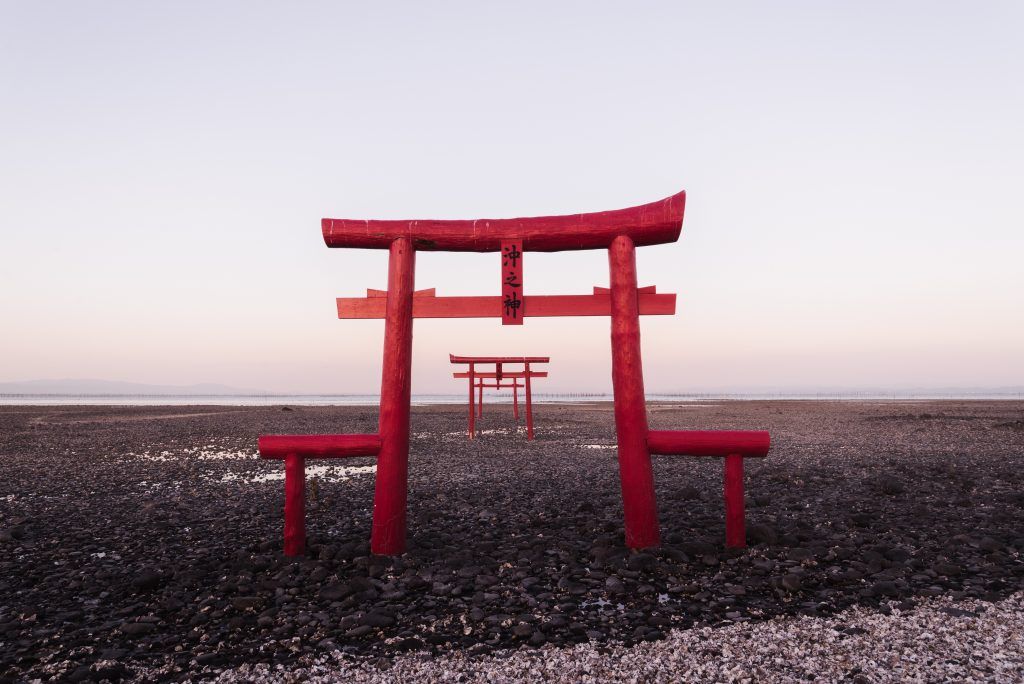
In many ways, Japan is a land of shrines and temples, with a castle or two thrown in for variety. Exploring these religious sites, most of which are Buddhist or Shinto places of worship, is one of the most rewarding parts of a trip to Japan. Here are a few highlights of the shrine-temple-castle network:
Miyajima: This tiny island in the bay of Hiroshima is home to a wondrous forest that is filled with religious structures, shrines, and temples. The main shrine was built in the 1100s and still stands. This location is a favorite for travelers who want to see as many temples and shrines as possible and is the best example of a well-preserved, non-urban structure.
Himeji castle: In Hyogo Prefecture, in the little town of Himeji, sits a castle that has somehow survived all the wars and natural disasters that destroyed other structures in the area. Famed as its use in the film “Shogun,” the castle has been faithfully restored and is a favorite of tourists. The castle complex is more than 400 years old.
Grand Ise Shrine: Located in the town of Ise in Mie Prefecture, this 2,000-year-old Shinto shrine is one of the oldest and best-preserved such structures in all Japan. Visitors can see Ise as well as dozens of other Shinto shrines in the nearby area.
5. The Best Food (and Drink) in the World
Since Japan opened its doors to the world in the late 1800s, people all over the world have been falling in love with the nation’s traditional food and drink. What many consider the best tea in the world, matcha, is a Japanese home-grown product, as are ramen, sukiyaki, and other dishes. At the top of every tourist’s list are the following three items. Each entry includes the best places to go to Japan for a perfect taste experience.
Matcha tea: Green tea leaves with the stems and veins removed, grown in shade for several weeks before harvest, and then finely ground into a powder is the textbook definition of matcha tea. In reality, it’s simply the best, most nutritious tea in the world and Japan is its home. Try some authentic matcha at any of thousands of Japanese coffee shops, restaurants or special tea houses.
Ramen: A Japanese creation that combines wheat noodles, fish or meat broth, seasoning, and various toppings like seaweed, pork or onions, ramen is a world favorite. Only in Japan will you get the real thing, complete with home-grown pork and all the trimmings. Ramen is sold everywhere but is best in Kyoto and Tokyo noodle houses.
Sushi: Add salt, sugar, fish, vegetables, and fruit to rice that’s been prepared with vinegar and you have the basic components of sushi. Now a worldwide favorite dish, only the Japanese can do it right, right at home.
Note that each locality has its own version of sushi, with the Tokyo style being what most Westerners are used to. Try the spicier versions and have fun trying as many kinds of sushi as possible while traveling in Japan.
6. The Japanese Arts, Ancient and Modern
Many Japanese arts, like Kabuki and Origami, are known worldwide. Many are not, which is why it’s so fun to visit Japan and see what the entire arts scene is all about.
Kabuki: At the Kabukiza in Tokyo, you can buy a one-act pass and watch about an hour of this uniquely Japanese form of stage drama that combines humor and the full range of human emotions, adds in some music and dance and culminates in a full-fledged entertainment spectacle.
Noh: The Japanese version of musical drama that’s been a hit since the 1300s, is sometimes slow, haunting and always engrossing. There are Noh venues all over Japan, but the national theater headquarters is located in Tokyo. Kyoto also has world-class Noh performances.
Origami and kirigami: These paper arts are a Japanese creation. Origami involves folded paper while kirigami lets the user cut the paper to make shapes and forms. Look for professional-level versions of these arts in all the big cities. Gift shops often sell excellent pieces as souvenirs.
Ukiyo-e: Wood-block prints were the primary form of high art in Japan from the 1600s through the 1800s, and several modern-day examples can be seen in the big museums, in art shops, and at auctions. Tokyo is home to many fine wood-block print galleries.
Manga: Manga is well-known in the West but is not as new as many people think. Begun in the late 1800s, the definitive Japanese-style cartoon drawing is growing in popularity. Visitors can take short classes in Tokyo, Osaka, and Kyoto.
Ikebana: The ancient Japanese art of flower arranging is a study in beauty and serenity. Every Japanese city has at least one person who excels at this art form. Ask local guides where an “Ikebana” show is, and spend an afternoon learning about this unique exercise in attention, art, and visual composition.
7. Stunning Landmarks
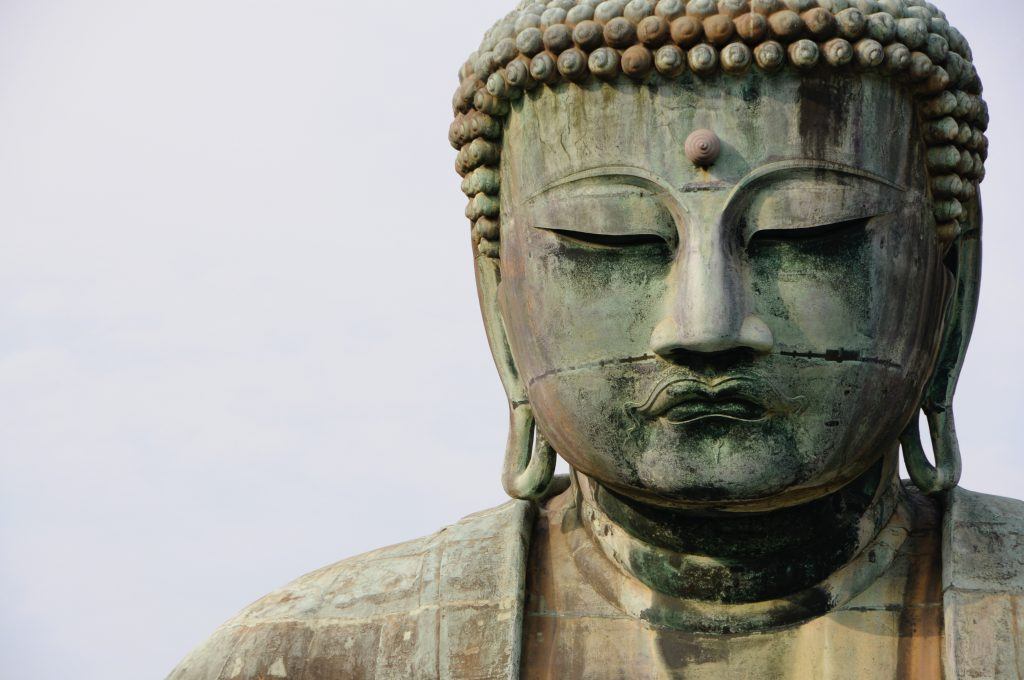
“The Land of Postcards,” is how a humorist once referred to the many wonderful sights in Japan. From frighteningly high observation towers to Buddha statues that seem impossibly huge, there are thousands of photo-worthy landmarks.
Tokyo tower: In Tokyo’s Shiba district, this 333-meter tower is a communications structure that also serves as one of the best places for tourists to view the city. It’s open until 11 p.m. each night. The tower is a tourist favorite and considered a “must-see” even on a short visit to Tokyo.
Buddha of Kamakura: At 13 meters tall and weighing in at 103 tons, this massive Buddha was probably constructed in the 1200s. It has withstood earthquakes, bombings, fires, volcanoes, and floods. No visit to Kamakura is complete without seeing the “Giant Buddha.”
Wakkanai: Hokkaido’s northernmost point, and thus the farthest north spot in all Japan, is Cape Soya in the city of Wakkanai. Few visitors make it this far north but the city is a charming place to travel and the locals love to see travelers any time of the year. From Cape Soya, you can see the Russian island of Sakhalin on a very clear day.
8. Historic and Modern Places, Large and Small
Everyone’s heard of Tokyo and Kyoto, but not so many are familiar with some of Japan’s other cities, many of which are historic landmarks all by themselves.
Kyoto: The nation’s old capital, Kyoto is a living piece of history. Largely preserved and unharmed through world wars and natural disasters, the city is a favorite of travelers who tire of big cities and want to see what old Japan was really like.
Tokyo: Japan’s largest city is home to nearly 40 million people and is one of the wonders of the world. Every trip to the country should include at least one day in Tokyo.
Hiroshima: A favorite spot for tourists from all over the world, Hiroshima was the site of one of the two atomic bombs that fell in WWII. The island is on Honshu Island and is home to the Peace Memorial Park as a remembrance to all those who perished in the bombing.
Hokkaido: Not a city but Japan’s northernmost island, Hokkaido is home to the city of Sapporo, dozens of volcanoes, amazingly gorgeous scenery, forests, hot springs, skiing and its own version of Japanese cuisine. The “north country,” as some call it, is a wondrous place for tourists because not many travelers make it to Hokkaido.
9. Uniquely Japanese Experiences
There are some things you have to travel to Japan to see. The country is the home of karaoke, sumo wrestling, and dozens of unique social customs.
Tea ceremony: The ancient art form was originally a religious ceremony. Unique to Asia and highly refined by the Japanese, the tea ceremony is one of the most beautiful activities that tourists can take part in. Be sure to ask a guide or a Japanese friend for the best tea ceremony venues. There are dozens in the big cities and some are free. Don’t leave Japan without at least witnessing a formal tea ceremony.
Karaoke: On the opposite end of the spectrum from tea ceremony is karaoke, singing to recorded music in bars and lounges. Now a worldwide sensation, karaoke began in Japanese bars in the 1970s and is still a major national pastime. If you’re in one of the big cities, visit a bar in the evening for plenty of karaoke fun. The Japanese take their karaoke very seriously, but still, have a blast doing it.
Sumo: The ancient Japanese form of wrestling is currently enjoying a global burst of popularity. There are sumo tournaments throughout the year but in Tokyo and Kyoto, you can watch practice rounds anytime, as long as you find a place where visitors are allowed. Ask a tour guide or Japanese friend to help you locate a venue where practices are open to the public, but be prepared to go early in the morning, around 5 a.m.
Customs: The Japanese have hundreds of customs that are little-known in the West. In addition to using the bow as a common greeting, Japanese people tend to be exceedingly polite, rarely say “No” as an outright response, and use gift exchange as a way to convey social acceptance.
As a visitor, you’ll need to know that it’s not okay to pour your own drink. In a group, pour others’ drinks and then let them pour yours. When meeting someone, either bow slightly or shake hands. The Japanese don’t expect you to bow, so there’s no need to unless you want to. But remember: never try to shake hands and bow at the same time. Besides being physically difficult, it’s rather odd and considered slightly rude.
10. The Geisha:
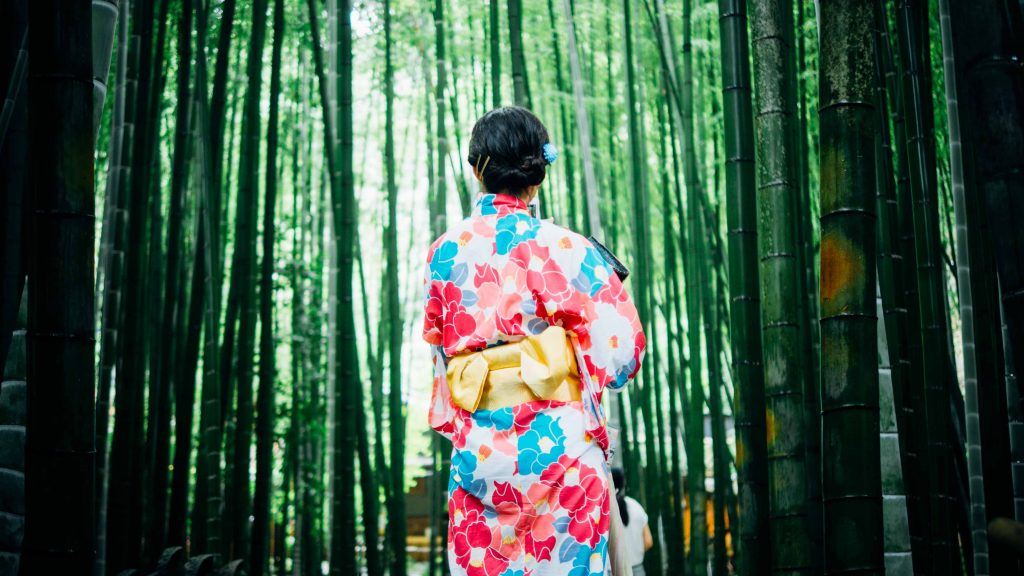
Visit the Gion district of Kyoto to see some real Geisha women walking to and from their daily activities. Geisha are highly-trained entertainers who hold a high, respected place in Japanese society. Even if you see a Geisha or Geisha trainee, don’t take a photo unless you have their permission.
If you speak some Japanese or have a friend who is willing, it’s okay to ask one of the ladies if you can photograph her. Warning: avoid “face-to-face” selfies. Simply stand next to the woman and have someone else snap the photo.
Before Departure…
Don’t plan on being able to do everything on your wish list during the first visit to Japan. Use the above items as a guideline and be ready to change plans as you travel. Weather, holidays, and other circumstances can cause national landmarks and popular tourist attractions to close their doors unexpectedly. So follow the first rule of international travel: have a backup plan.
For a first trip, try to see at least one temple, one shrine, an art gallery or two, a few of the big landmarks and either Tokyo or Kyoto. On a map, Japan might appear to be a small nation, but once you’re there, the place seems as huge as the entire continent of Asia. The steady stream of things to do and see is virtually endless.
Finally, be sure to make some time to stop and relax. The city parks are ideal choices for recharging your body’s energy supply. Stroll down the side-streets, take a walk through the back alleys and don’t leave without experiencing an authentic Japanese bath, aka “ofuro.” These steamy respites abound; every neighborhood has at least one.
After a week or two of exploring the world’s most intriguing country, relaxing in a hot bath and sampling the amazing cuisine, it’ll be time to head home and tell everyone what a splendid place Japan is.
